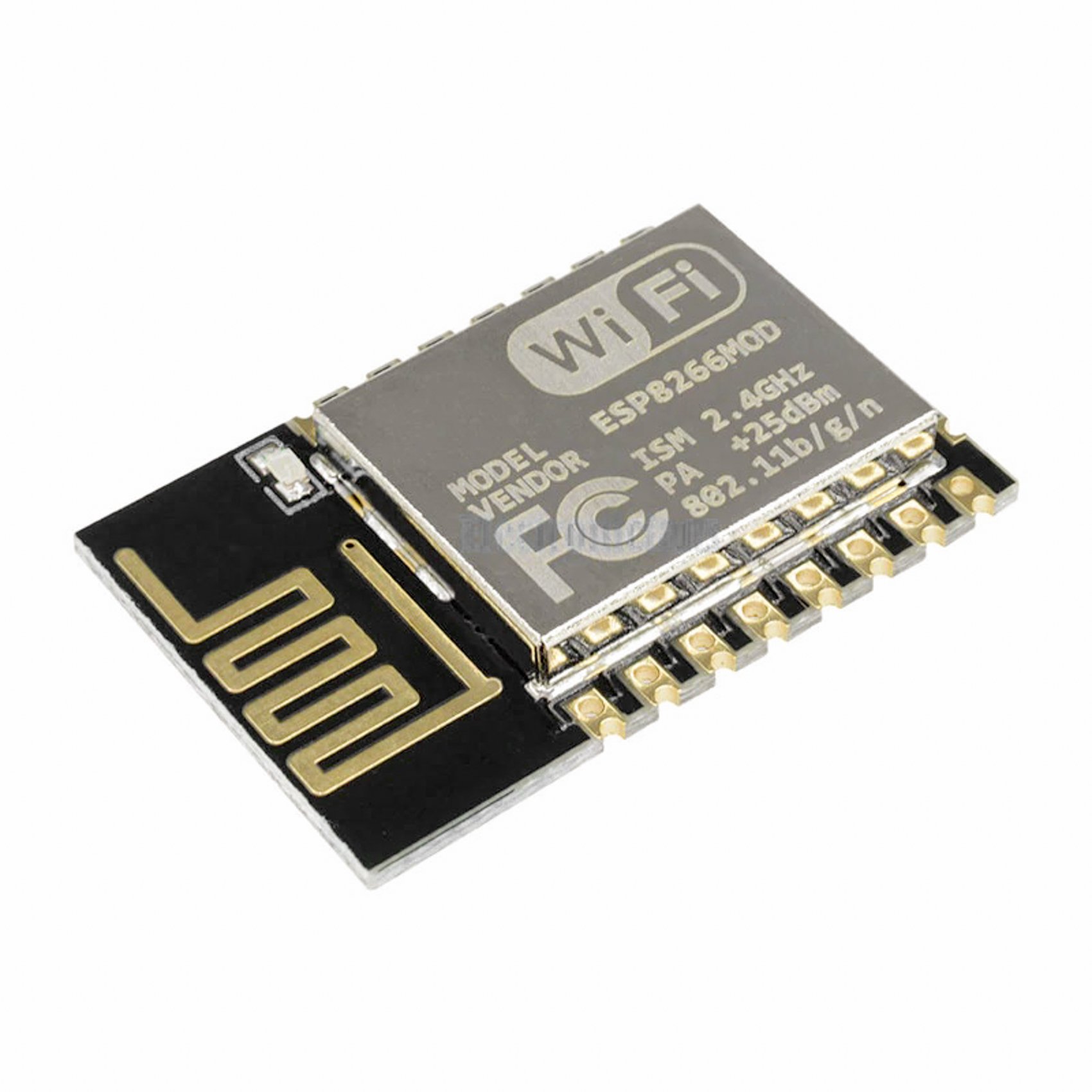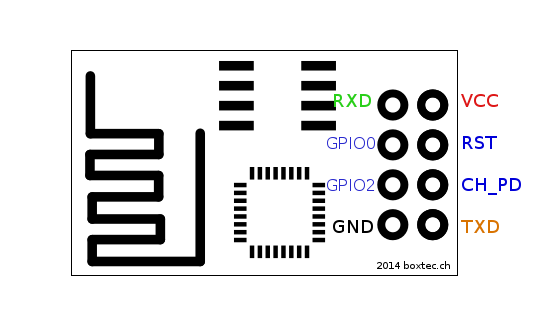

If you haven’t already, start by downloading the Arduino IDE.


Follow the steps below to compile the board. Set up the Arduino IDE with your deviceīefore using any ESP8266 device, you’ll have to install the boards into the Arduino IDE. The default button settings are assigned to PIN 5 if using a NodeMCU, you must connect the button into the D1 pin. Note: The Ubidots team made some modifications in the ConfigManager Library to implement a routine that launches the AP mode by simply pressing an external reset button.ĭepending on the ESP8266 module you choose, you may need to assign the reset pin using this library version. A second way – which we’ll cover step-by-step below – is by building your own access point into the board, creating a universal firmware that will establish a connection to any available network with just the press of a button. First, you can input your WiFi credentials in the ESP8266’s firmware to establish the required connection and start sending data. Regardless of the IoT application you’ve developed, there are two ways to connect your ESP8266 to the cloud. Ranging in price and features, there are many types of ESP8266 modules available – but all are incredibly useful in the IoT world. Known as a WiFi module, this microcontroller can be used to perform various WiFi-related activities, with applications in home automation and beyond. The ESP8266 is a microcontroller developed by Espressif Systems.


 0 kommentar(er)
0 kommentar(er)
